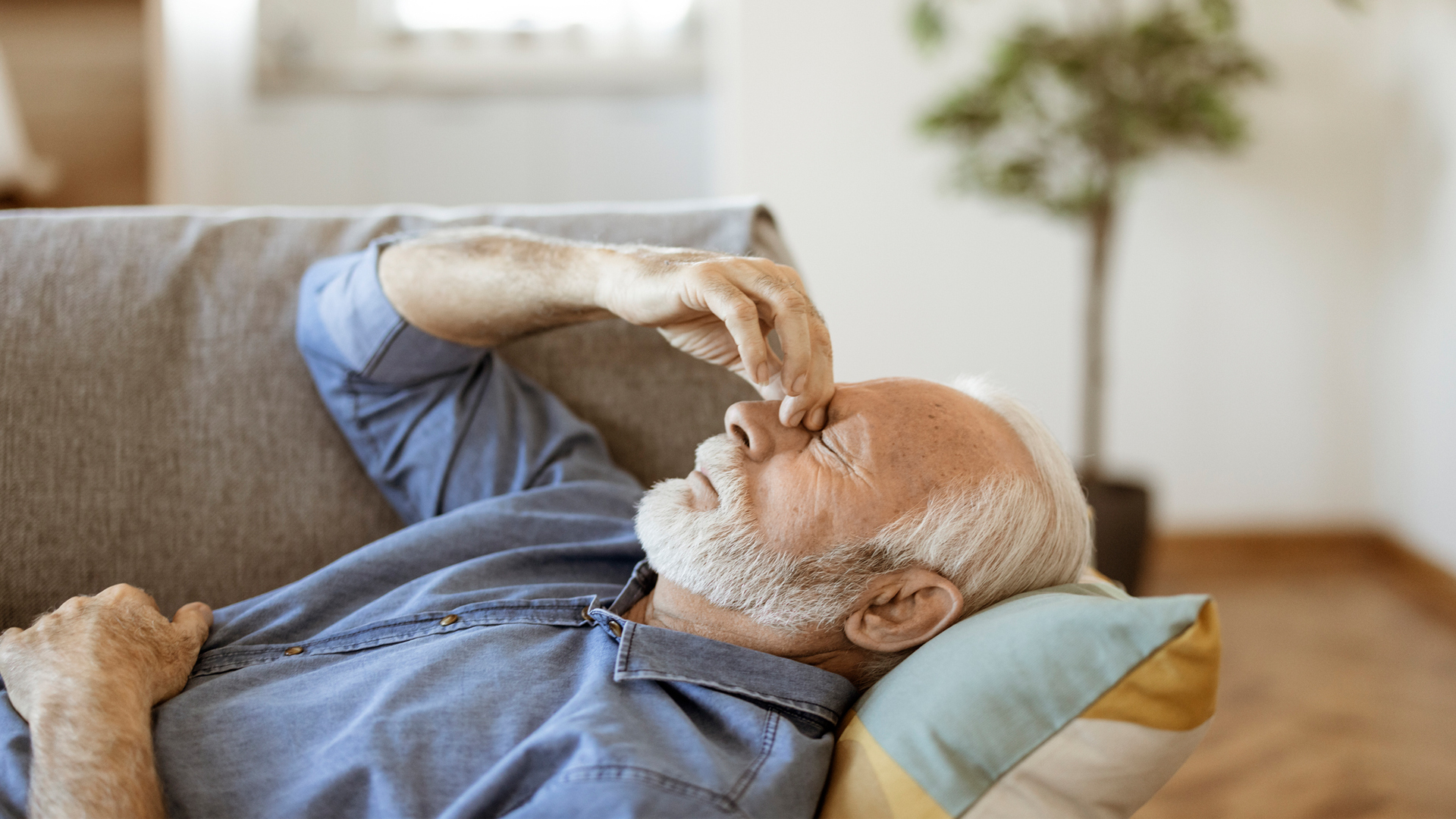Have you ever felt breathless and tired while doing an intense workout? These are signs that the body is working hard to pump oxygen and nutrients to the cells to produce the energy needed for strenuous movement. However, exercise intolerance involves extreme fatigue and shortness of breath that is not typical for your age and can occur even during lighter activities. If you have exercise intolerance, you struggle to build endurance, unlike someone who is simply out of shape.
Exercise intolerance can affect your quality of life, but there are ways to relieve symptoms depending on the underlying cause. Exercise intolerance is associated with long-term or post-Covid syndrome, which is why an increasing number of people are experiencing these symptoms.
Exercise intolerance is still relatively unknown. We’ll cover everything you need to know about the signs of exercise intolerance, the causes, and how to treat it. We’ve also asked the experts to dig into the science behind why you might experience these symptoms.
What is exercise intolerance?
So what is exercise intolerance? “Exercise intolerance is the inability to exercise and participate in physical activity that would be typical for an individual’s age,” explains Dr. Hallie Zwibel, DO and director of the Center for Sports Medicine at the New York Institute of Technology (opens in a new tab). “It’s different than someone who is ‘out of shape’ because he doesn’t exercise regularly. People with exercise intolerance cannot build the necessary endurance with exercise. Exercising can cause more discomfort for people with this condition.”
You may notice a significant change in your exercise tolerance, such as decreased endurance after a period of severe illness.
Exercise Intolerance: Symptoms
Exercise intolerance occurs when you try to perform an activity, but your body struggles to keep up with the demands. “Symptoms can vary, but often include: shortness of breath, faster heart rate, heaviness or fatigue in the legs, generalized fatigue, and weakness,” says Dr. Benjamin Levine, professor of internal medicine at UT Southwestern and director of Texas Presbyterian Health Institute for Exercise and Environmental Medicine.
The symptoms of exercise intolerance may sound familiar if you’ve ever challenged yourself during a workout. So what is the difference? Exercise intolerance is more extreme and occurs during lighter activities or everyday tasks. You may also experience other symptoms like skin discoloration. A lack of oxyhemoglobin, a bright red substance, can make your skin appear blue or purple. Post-exercise fatigue can be debilitating if you have exercise intolerance. Some people experience a late onset of symptoms, so it’s hard to tell if you’ve pushed yourself too hard.

What causes exercise intolerance?
Dr. Levine explains that the symptoms of exercise intolerance appear when there is a problem with the oxygen cascade process. The process involves oxygen entering the lungs and then diffusing into the bloodstream. The heart pumps this oxygen to the muscles, and the muscles convert it into energy. Problems at any stage of the process can lead to symptoms of exercise intolerance. An underlying condition is often the cause. Here are some common ones.
Heart problems
According to Zwibel, exercise intolerance is often a symptom of “heart conditions in which oxygenated blood doesn’t get to the tissues where it’s needed.”
Exercise intolerance is the main symptom of heart failure. With this condition, the heart struggles to fill with blood during the relaxed stage of the heartbeat. As a result, the heart transports insufficient oxygen and nutrients to the muscles. When you push yourself, demand outstrips supply, which means you may experience symptoms like extreme fatigue.
respiratory conditions
It’s not just your heart, but also your lungs that influence your exercise performance. Both organs play an essential role in supplying energy to the muscles. “Any respiratory condition can affect the lungs’ ability to move air in and out of the body and get oxygen from the lung sacs into the blood,” explains Dr. Levine. He is not surprised that exercise intolerance is associated with conditions like Chronic Obstructive Pulmonary Disease (COPD) and asthma.
postviral fatigue
Recovery from a viral infection takes time; you may experience tiredness for weeks or months afterwards. “Postviral exercise intolerance is linked to covid-19 infection,” says Zwibel. “Even after symptoms of acute COVID-19 have resolved, exercise intolerance can persist. The mechanism for this remains unclear, but it may be related to lung or heart problems.”
Chronic Fatigue Syndrome
Chronic fatigue syndrome is an often overlooked condition where you experience extreme and persistent tiredness, even when you first wake up. It affects your ability to carry out daily activities. Strenuous movement such as exercise can be challenging for anyone with this condition, according to the American Society for Myalgic Encephalomyelitis and Chronic Fatigue Syndrome (opens in a new tab).
Can exercise intolerance be treated?
If you’re diagnosed with exercise intolerance, you may be wondering if you can treat it. The good news is that you can make changes to relieve symptoms and improve your quality of life in most scenarios.
“The first step is to find out what has changed and ask why the person has exercise intolerance,” says Dr. Levine. “Specific problems require specific therapies. For example, if the patient has coronary artery disease, he may need stent or bypass surgery. If they have asthma, they may need medicine to dilate the airways in their lungs. Once the specific problem has been addressed, a dedicated and individual plan of physical training and rehabilitation is essential to restore normal function.”
It is best to seek the support of a health professional who can provide advice tailored to your circumstances. Don’t forget to listen to your body: you’ll want to recognize when you’ve reached your limit. You can nip the symptoms in the bud by slowing down when you start experiencing symptoms of fatigue.
Exercise may be a concern if you have an exercise intolerance. A health professional can advise you if exercise would be beneficial for you. Accommodations like doing shorter, lighter workouts under supervision can give you peace of mind.
